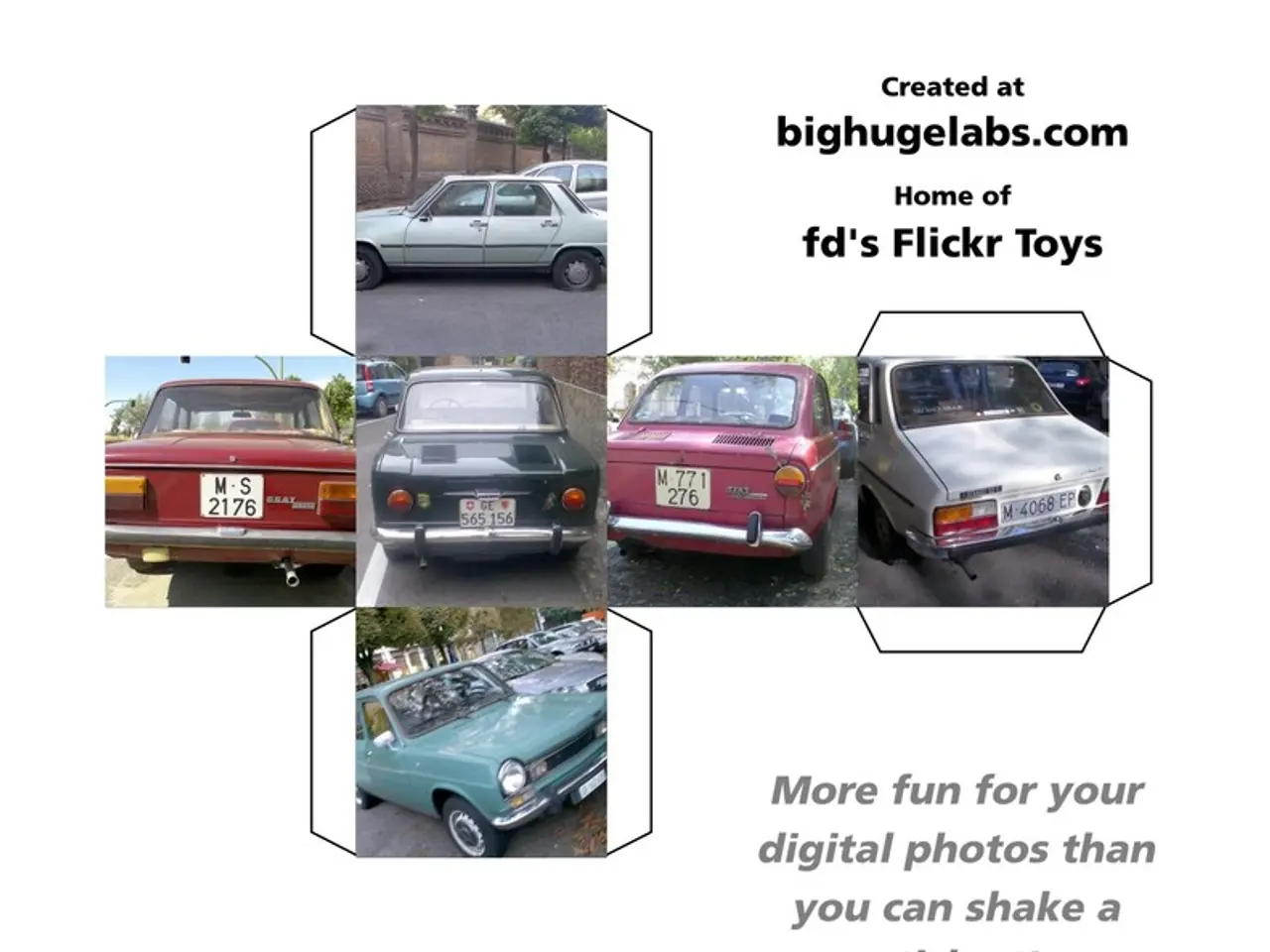Automotive Industry Updates: Wittenstein, Quintauris, LightPath, Silicon Creations, iNavi Systems, TomTom, Raytron Power, indie Semiconductor, and UL Solutions make headlines in today's connected car news.
Rising Tide of RISC-V Adoption in the Automotive Industry
The automotive industry is witnessing a surge in the adoption of RISC-V, a open-source instruction set architecture, as key players collaborate to create scalable, safety-critical, and customizable computing solutions for vehicles.
Leading semiconductor companies, including Infineon, Bosch, NXP, Qualcomm, and Nordic Semiconductor, have formed the joint venture Quintauris to accelerate RISC-V development specifically tailored for automotive applications.
Industry-wide deployment of RISC-V is moving towards large-scale integration across vehicle systems. From low-power sensors and actuators to domain controllers and centralized high-performance computing platforms, RISC-V's flexible instruction set and scalable architecture enable this transition.
Safety-critical real-time applications are also being developed using RISC-V. Companies like WITTENSTEIN high integrity systems (WHIS) and Quintauris are collaborating to create safety-certified real-time operating systems, such as WHIS's SAFE RTOS®, targeting mission-critical automotive functions.
Infineon has announced a new automotive RISC-V microcontroller family under its AURIX™ brand, spanning entry-level to high-performance needs. They also launched a virtual prototype starter kit at Embedded World 2025 to enable pre-silicon software development, fostering a robust RISC-V ecosystem for automotive.
RISC-V's scalability and cost efficiency are key advantages. The single open architecture enables reuse of software and tools across multiple vehicle models and price points, reducing development cost and complexity for OEMs, and facilitating faster time-to-market.
The collective effort among semiconductor leaders and software vendors aims to promote interoperability, safety compliance, and innovation across infotainment, ADAS, electric powertrains, and centralized vehicle computing domains.
RISC-V processor shipments surpassed 10 billion units in 2023 globally, with projections exceeding 20 billion by 2025. This explosive growth underpins its rising influence in diverse industries, including automotive.
In the realm of ADAS, Raytron's thermal imaging technology offers improved visibility in low-light conditions, making it central to ADAS development.
The iNavi-TomTom partnership will enable the development of advanced, customizable navigation solutions for mobility services. Initial deployments of this partnership will begin in Asia later this year, with plans to expand into Europe and North America.
LightPath Technologies' subsidiary G5 Infrared has begun production of two redesigned cooled infrared camera models that use LightPath's proprietary BlackDiamondTM glass instead of Germanium. These new cameras serve as drop-in replacements for existing Germanium-based models, requiring no system redesign.
Silicon Creations' PLL is being used in Codasip's automotive RISC-V test chip. Silicon Creations' low-area integer PLL has been integrated into Codasip's latest test chip, enabling precise clocking for the L31AS dual-core lock-step RISC-V CPU and crypto accelerator IP.
indie Semiconductor has announced the acquisition of emotion3D, a Vienna-based developer of AI-driven perception software for in-cabin sensing and ADAS. This move strengthens indie Semiconductor's position in the automotive software market, projected to reach $83 billion by 2030.
Lastly, the collaboration between WHIS and Quintauris will support the growing demand for automotive-grade RISC-V solutions. WHIS's SAFE RTOS®, a pre-certified, safety-critical real-time operating system, will be integrated into Quintauris' upcoming automotive reference platforms.
In summary, RISC-V is transitioning from a promising architecture to an automotive industry standard, supported by major players advancing hardware development, safety certification, and scalable solutions across vehicle computing domains, positioning it as a key enabler for next-generation software-defined vehicles.
The finance sector is closely watching the rise of RISC-V in the automotive industry, as the cost efficiency and scalability of RISC-V could potentially lower development costs and complexity for Original Equipment Manufacturers (OEMs), thus impacting their overall financial expenditures.
Advancements in driver assistance systems, such as improved visibility in low-light conditions using Raytron's thermal imaging technology, are benefiting from the integration of RISC-V processors, enhancing the overall lifestyle and safety features of future vehicles.
In the realm of technology, the collaboration between WHIS and Quintauris will support the growing demand for automotive-grade RISC-V solutions, and the integration of WHIS's SAFE RTOS® into Quintauris' platforms will contribute to the development of next-generation software-defined vehicles, where technology and lifestyle converge to redefine the automotive experience.




